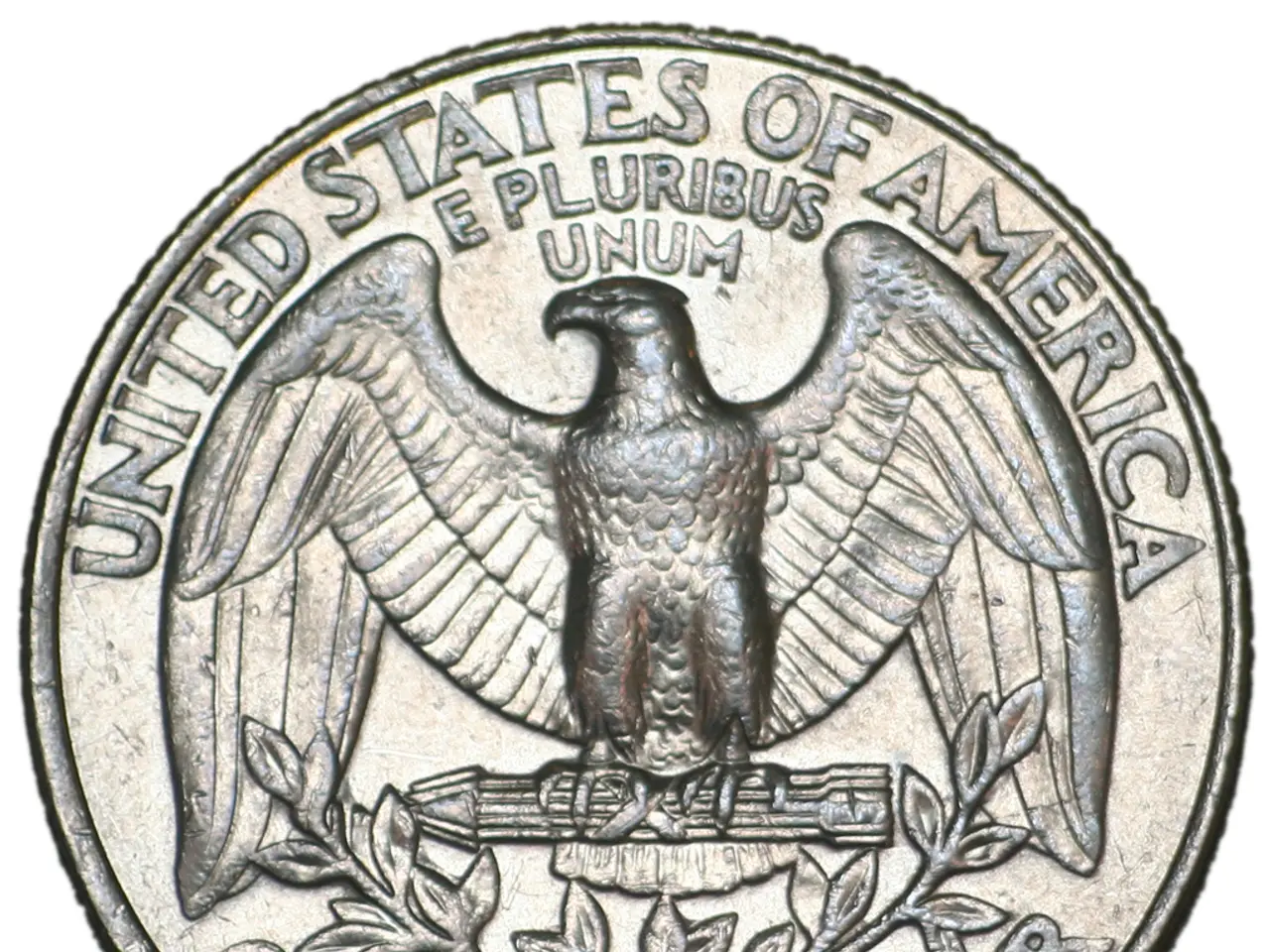Investment in digital assets like cryptocurrencies now becomes possible via 401k plans, as the anti-crypto guide is now obsolete.
The U.S. Department of Labor (DOL) has revoked a guide that previously restricted the inclusion of cryptocurrencies in 401(k) retirement plans, marking a shift towards a more flexible and less restrictive landscape for cryptocurrency investments. This change signals a more permissive environment for fiduciaries to offer cryptocurrencies in 401(k) plans, emphasizing thorough fiduciary process rather than outright restriction.
Following the revocation of the 2022 anti-crypto guidance, the DOL has returned to a historically neutral stance regarding the inclusion of cryptocurrencies in 401(k) retirement plans. The DOL no longer issues a directive discouraging plan fiduciaries from adding cryptocurrency options, instead allowing fiduciaries to decide based on their processes and risk assessments without explicit endorsement or prohibition.
This shift was formalized through a 2025 Executive Order signed by President Donald J. Trump, which directs the Secretary of Labor to reexamine and clarify guidance concerning fiduciary duties involving alternative asset investments, including cryptocurrencies, in ERISA-governed 401(k) plans and defined-contribution plans. The order also calls for collaboration among regulators to potentially align rules facilitating access to alternative assets for retirement investors.
Broader Investment Choices
Plan fiduciaries can now include cryptocurrencies and other alternative assets in 401(k) menus as part of diversified investment strategies without facing a federal prohibition or explicit warning against it. However, fiduciaries must still "carefully vet and consider" all aspects of alternative investments, including risks such as fraud, theft, and volatility, to fulfill their fiduciary duties prudently and protect participants' retirement savings.
Potential for Greater Diversification and Returns
By removing regulatory cautionary barriers, there is a stronger argument that including crypto may enhance long-term net returns and diversification, depending on the fiduciary’s investment strategy and risk tolerance. This change may open the door to greater entry of cryptocurrencies into retirement schemes, increasing the options for diversifying savings.
Regulatory and Compliance Developments
The Executive Order directs federal agencies including the Securities and Exchange Commission to review and potentially update regulations to facilitate participant access to alternative assets, which could lead to new compliance frameworks accommodating such investments in retirement plans. This development may influence the international perception of digital assets, consolidating the United States' position as a reference in the adoption of financial technology.
In sum, the removal of the previous anti-crypto guidance signals a more permissive environment for fiduciaries to offer cryptocurrencies in 401(k) plans. However, plan sponsors and fiduciaries must remain diligent in evaluating crypto-related risks as part of their duty to manage participants' retirement funds prudently. This decision marks an important milestone in the history of American retirement savings, potentially allowing millions of potential savers greater exposure to digital assets. The revocation reflects a key moment for transforming the way future generations will plan their retirement, allowing for greater integration of digital assets into retirement plans and bringing the economy of the future in line with emerging digital trends.
Cryptocurrencies can now be considered for investment in retirement plans, such as 401(k)s, due to the DOL's shift towards a more permissive environment, which was formalized by a 2025 Executive Order. This development in financing and technology may lead to greater diversification and potential returns in retirement funds.
Plan sponsors and fiduciaries, however, must exercise caution when evaluating the risks of crypto investments, such as fraud, theft, and volatility, to ensure compliance with their fiduciary duties and protect the retirement savings of participants. This change represents an important milestone in the management of American retirement savings, potentially opening the door for greater integration of digital assets into retirement plans.




